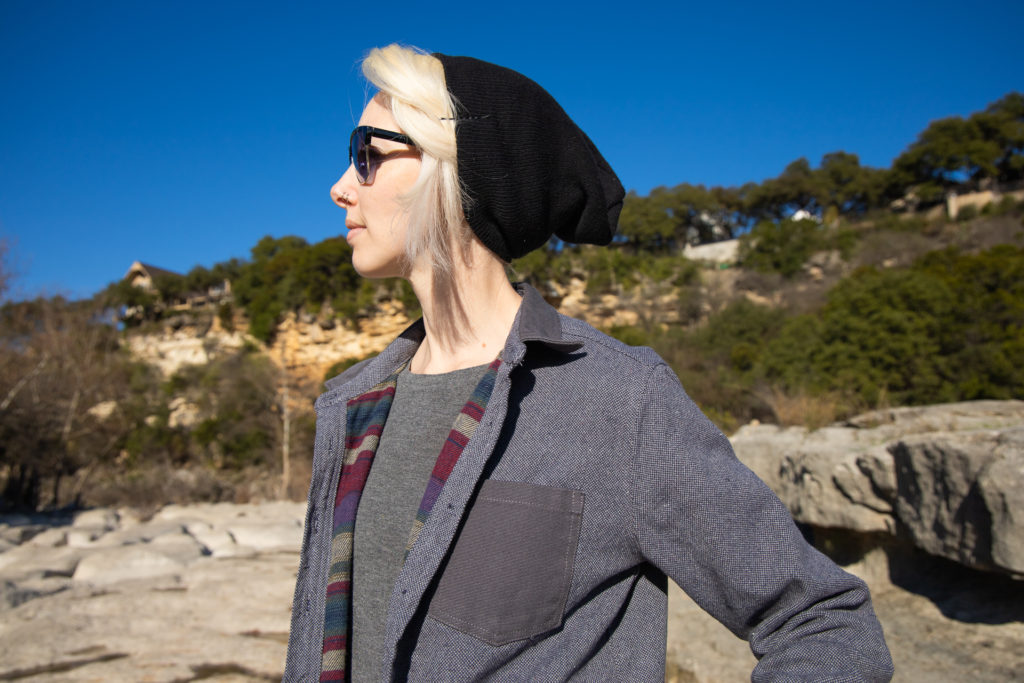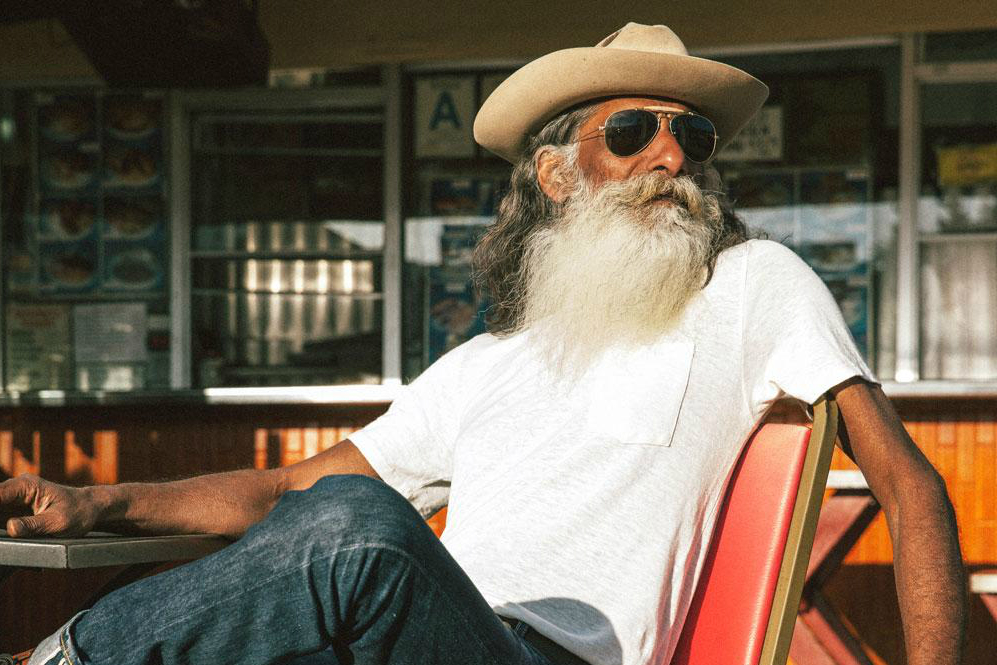Excellent Facts For Selecting Hemp Clothes
Wiki Article
How Is Hemp More Environmentally Sustainable Than Cotton On Water Use And Pesticides?
Due to a variety of reasons, hemp is considered as a sustainable crop as compared to cotton when it comes to water usage, pesticides and herbicides.
Hemp- Hemp is a plant with a very low water requirement compared to other crops like cotton. Hemp is a drought-resistant plant and can survive with little irrigation. Hemp is usually cultivated using only rainwater.
Cotton- Conventional cotton is notorious for its excessive water consumption. Cotton farming typically requires a lot of irrigation, which can deplete local water resources and result in the water crisis in regions that are stressed by water. Cotton farming's water-intensive nature has led to questions regarding its viability.
Pesticides and herbicides
Hemp- Hemp is naturally resistant to disease and pests and reduces the necessity for synthetic herbicides as well as pesticides. Although certain hemp crops require pest management, in general the reliance on chemicals is lower than many other crops like cotton. You can cultivate organic hemp without pesticides.
Cotton- The traditional farming of cotton relies on synthetic herbicides and pesticides for weed and pest control. The use of these chemicals can have negative impacts on the environment, including soil contamination and water contamination. They also can harm non-targeted species and lead to pesticide-resistant insects.
In the end hemp is more environmentally sustainable than cotton, with respect to pesticides and herbicides that are used, the use of water and irrigation.
Hemp needs less water for growth and is often grown with rainwater, minimal irrigation, or without irrigation at all.
The natural resistance of hemp to pests decreases the need to apply synthetic pesticides.
Hemp cultivation generally involves fewer synthetic herbicides and pesticides as compared to conventional cotton.
It is nevertheless important to be aware that eco-friendly and sustainable methods may differ among farmers and across different regions. Organic farming practices is also a major factor in the sustainable use of hemp as well in cotton, by reducing the use of synthetic chemicals and enhancing soil health. In terms of the impact of climate change on clothing and textiles, using organic and sustainably made fibers can minimize the environmental footprint. Check out the top rated my review here about hemp clothing for site info including hemp bathing suit, hemp work pants, hemp textiles, jungmaven t shirt, hemp wear, hemp garments, patagonia hemp vest, patagonia hemp vest, hemp fabric clothing, hoodlamb coat and more.

What Is It That Makes Hemp Fibers Breathable And Moisture-Wicking?
Hemp fibers have unique chemical and structural characteristics that make them breathable thermoregulation and moisture wicking. These properties result from the combination of the following elements Microscopic Structure Hemp fibers possess a hollow and porous structure that allows air to circulate within the fibers. Hemp textiles are highly breathable because of their natural porosity. When it is woven into fabric the structure allows air to pass through. This improves circulation and prevents the build-up of heat and moisture against the skin.
Hemp Fibers Absorb Moisture and Wicking- Hemp fibres are hydrophilic. This means they are affixed to water. They also easily absorb moisture. When you wear hemp clothes they can absorb moisture and sweat from your skin, thus reducing the sensation of wetness. The hemp fibers also help to wick moisture away from your body by spreading the moisture across large areas, which lets it evaporate more quickly. The ability to wick moisture keeps you dry and comfortable when exercising or in hot weather.
Hemp fibers can regulate the temperature in a natural way. They can hold heat close to the body when it's cold, thereby providing warmth. In summer, they allow excess heat and moisture go away, which helps you to cool down. Hemp clothing is suitable for all kinds of temperatures and activities due to its thermoregulatory properties.
Hemp fibers possess natural antimicrobial qualities that are able in preventing the spread and growth of odor-causing bacteria. This contributes to the freshness and odor resistance of hemp clothing.
Hemp fibers are durable and last for a long time So hemp clothing will not be able to breathe. This durability increases the life of hemp clothing. This decreases the requirement for replacements as well as the environmental impact.
UV Protection from UV Hemp Fibers provide natural UV protection for skin to protect it from harmful UV radiation. The hemp's UV blocking capability makes it suitable for outdoor activities.
Important to note is the fact that these qualities are present in hemp fibers. They are not dependent on chemical treatments or additives. Hemp clothing is durable, comfortable and environmentally friendly due to its inherent characteristics. It's a great choice for activewear clothing, outdoor clothing, and clothing suitable for hot temperatures. The natural characteristics of hemp remain intact throughout the time that hemp fibers have been processed and then woven into textiles. They are therefore highly appropriate for eco-friendly and practical clothes. Have a look at the top rated her latest blog for hemp clothes for website examples including hemp apparel wholesale, hemp apparel wholesale, hemp t shirt mens, 100 hemp clothing, jungmaven clothing, women's all seasons hemp canvas bomber hoody jacket, hoodlamb coat, patagonia island hemp pants, hemp tees wholesale, hemp pants mens and more.

What are the main differences between bamboo and hemp fibers?
The two fibers from plants, hemp and Bamboo are used in textile production, and each has their own characteristics and properties. Here are the major distinctions between hemp and bamboo fibers. Plant Source-
Hemp fibers originate from the bast fibers that are located in the stalks. Hemp is a flexible and rapid-growing plant which has been utilized in many ways throughout history.
Bamboo fibers can be produced out of the pulp made by the bamboo plant. Bamboo is a grass that grows rapidly. species renowned for its rapid growth and sustainable nature.
2. Fiber Characteristics
Hemp- Hemp fibers are well-known for their strength and durability. They are a natural fiber that become softer and softer after washing, making them suitable to make long-lasting textiles.
Bamboo fibers are silky soft with a smooth, silky texture. They can be more fragile and less resilient than hemp fibers, however they are still coveted because of the softness they offer against the skin.
3. Texture-
Hemp Fabric- Hemp is a fabric with a texture, and a more coarse feel in its original state. It is comfortable but has a distinct feel compared to bamboo.
Bamboo- Bamboo fabric is smooth, silky, and luxuriously soft. It's been described as a mixture of silk and cotton.
4. It is vital to breathe in addition to moisture wicking.
Hemp- Hemp fibres are naturally air-tight, wicking moisture and permit air circulation. They absorb moisture and allow for air circulation. They help you stay cool and dry even in the hottest temperatures.
Bamboo bamboo fibers are extremely water-wicking and breathable. The micro-gaps improve the capacity of bamboo fibers to regulate moisture and temperatures, making you feel in a comfortable position no matter what the conditions.
5. Environmental Impact-
Hemp Hemp is a type of fiber which is considered green due to its requirement for little water, is able to grow quickly, and has a high resistance to insects. It also reduces herbicide and pesticide usage. It is also able to absorb carbon dioxide from the atmosphere when it is growing.
Bamboo- Bamboo's sustainability is widely known. It is fast growing, requires minimal water, and is a breeze to cultivate without pesticides that are synthetic. Some bamboos are considered sustainable, like Moso bamboo.
6. Processing-
Hemp Fibers- Hemp fibers are subject to extensive processing, which is needed to separate the bast that is outside from the wood core. Processing may include decoration, retting, or mechanical separation.
Bamboo- Bamboo fibers are typically produced through a chemical procedure called the rayon or viscose process. It is done by using chemicals to break the bamboo into a pulp. Although this can cause environmental concerns if it is not managed properly, some bamboo fabrics make use of closed-loop systems to decrease chemical waste.
7. Versatility-
Hemp Fibers Hemp fibers can be used for a variety of applications, including clothing, textiles, paper, and building materials.
Bamboo- Bamboo fibers are mostly used in textiles and clothing but can also be found in some other products like towels and bedding.
Summary- Both hemp and Bamboo offer unique benefits and are both sustainable. It depends on what qualities you are looking for in a product, and how environmentally conscious you are. Have a look at the top rated bamboo clothing for site info including bamboo dress shirt, shakuhachi clothes, freefly hoodie, bamboo pants for women, bamboo apparel, mens bamboo clothing, bamboo shorts womens, bamboo pants ladies, angel dear bamboo pajamas, bamboo clothing leggings and more.
